Apple utforskar hur uttrycksfulla robotrörelser kan bidra till att skapa en känslomässig kontakt med användarna

Apple has shared new research findings on how expressive robot movements can improve human interaction.
Here's What We Know
In a scientific article, the company explains that people are very sensitive to the movements and even slight changes in the behaviour of objects that resemble living beings.
To emphasise its idea, Apple mentions Pixar, a company founded with the participation of the late Stephen Jobs. Since the release of the short film Luxo Jr. in 1985, the lamp has become a Pixar symbol. Although lamps have no obvious human features, they can move in a way that seems familiar to people.
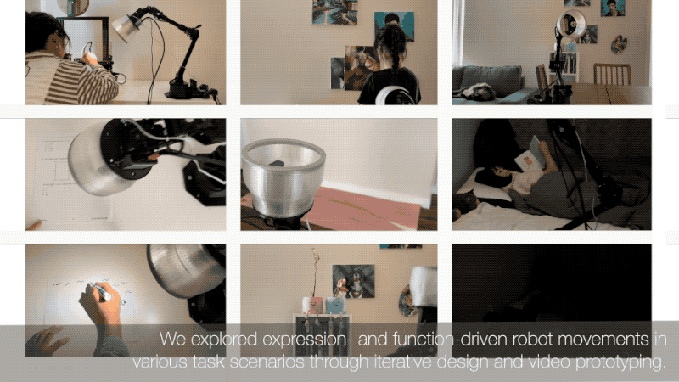
A person standing in front of the lamp asks a question and the robot responds with a Siri voice. Illustration: Apple
"For robots to interact naturally with humans, their movement design must incorporate expressive characteristics such as intention, attention, and emotion, along with traditional functional aspects such as task completion and efficiency," the article says.
In the video that accompanies the article, you can see the lamp making various movements similar to Luxo Jr. For example, the lamp slowly turns its "head" as if observing the environment when the user asks a question. This allows robots to create an emotional connection with people through simple but expressive movements.
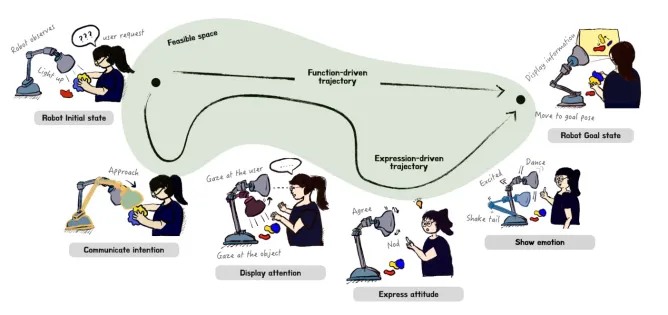
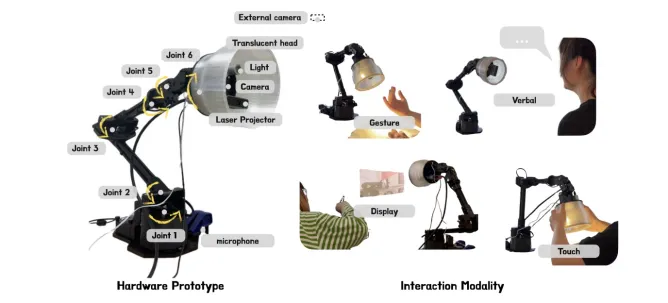
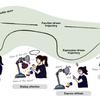
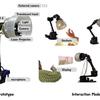
The research is part of Apple's larger initiative to develop robotic devices for smart homes, and while the project is still in the research stage, future devices could be a significant step in improving the connection between humans and technology.
Apple has long been working on smart home devices that make people's lives easier. It is likely that the company will soon release another interesting novelty that will not only have important practical applications, but will also significantly enliven the interior.
Source: Apple